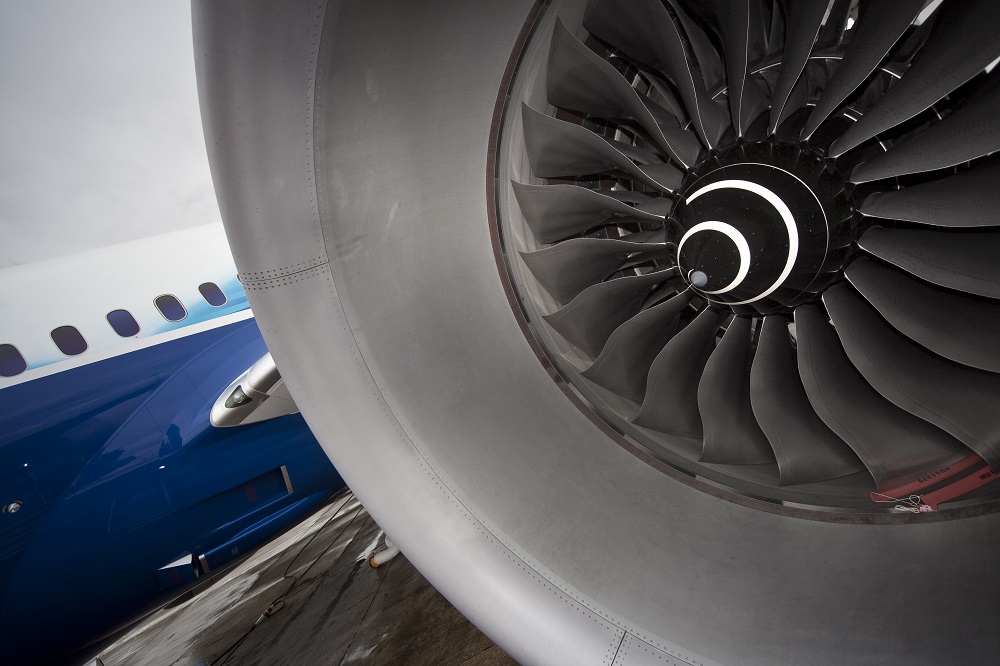Airlines with older Boeing 787 Trent 1000 engines will need to perform inspections after manufacturer Rolls-Royce found compressor blades in those engines may also be wearing prematurely.
The finding that Package B engines in service since 2012 are also affected by the blade durability issue adds to a massive headache for the engine-maker as it continues to deal with the fall-out of the issue with its Package C engines.
The package C issue has led to flight cancellations and aircraft groundings as airlines faced increased inspections, range restrictions and delays in getting engines repaired. Some airlines have had to lease aircraft to replace out-of-service 787s.
READ: FAA moves on Rolls-Royce Trent engine troubles.
The Package B finding adds another 166 engines to about 380 already under the microscope and the one-off inspections will be supported by an airworthiness directive from European regulator EASA.
However, Rolls-Royce said it anticipated a limited impact on customer operations and the inspections could take place on-wing using existing techniques.
“We are committed to eliminating this intermediate pressure compressor durability issue from the Trent 1000 fleet and we have already successfully run a redesigned Package C IPC in a development engine,’’ the manufacturer said.
“As a precautionary measure we have also launched a redesign of the relevant part in the Package B engine as well as in the Trent 1000 TEN engine, where, although currently a young fleet, we have not seen any examples of reduced IPC durability.”
The company has been working closely with customers to minimize operational impact of increased inspections needed for the Package C engines.
But Bloomberg News reported Rolls could struggle to make the volume of compressor blades needed for the affected engines.
The company said in a May 30 update it had trebled maintenance capacity for affected engines, introduced a new inspection technique and accelerated a permanent fix for the issue.
This included changing the way it works on engines and adding maintenance, repair and overhaul lines.
Most of the work takes place in facilities Singapore, Derby and Heathrow but the company said it was working on plans to increase this capacity.
A revised compressor blade has been installed in a test engine and it now aims to have parts available by late 2018 rather than 2019.
It said its engineering and design team had been able to accelerate the development of the new blade through a combination of the latest computing capability and a ‘fast make’ competencies within its supply chain.
It had also established a dedicated facility at its Derby, UK, headquarters to build engines on which blades will be tested.
“While we have made important progress in supporting our customers, there is clearly more to do and we will not rest until we have ensured the engine meets the high standards our customers rightly expect,’’ Rolls-Royce president Chris Cholerton said.
“Our teams remain focused on the task in hand and while we expect the number of aircraft affected to rise in the short term, as the deadline for the completion of initial inspections approaches, we are confident that we have the right building blocks in place to tackle the additional workload this will create.”
In a separate announcement released Thursday, Rolls-Royce confirmed it would slash its headcount by 4600 as part of a “fundamental restructuring” of its business aimed at producing annual cost savings of £400m ($US536m).
The company said the restructure would simplify its operations into three customer-focused business units, creating smaller and more cost-effective corporate and support functions and reducing management layers and complexity.
This would include engineering.
The job reductions over the next two years would occur predominantly in the UK, where the majority of the company’s corporate and support functions are based.
About a third of those targeted were expected to leave by the end of 2018 with the program gaining momentum through 2019 and finishing mid-2020.
“We have made progress in improving our day-to-day operations and strengthening our leadership, and are now turning to reduce the complexity that often slows us down and leads to duplication of effort,” chief executive Warren East said in a statement.
“It is never an easy decision to reduce our workforce, but we must create a commercial organisation that is as world-leading as our technologies. To do this we are fundamentally changing how we work.
“These changes will help us deliver over the mid and longer-term a level of free cash flow well beyond our near-term ambition of around £1bn by around 2020.”
























